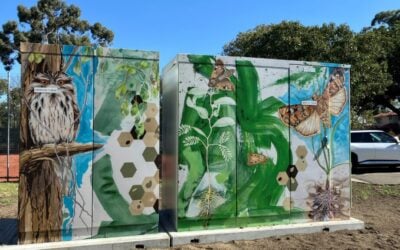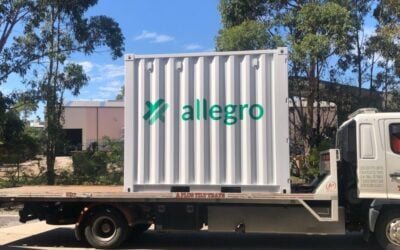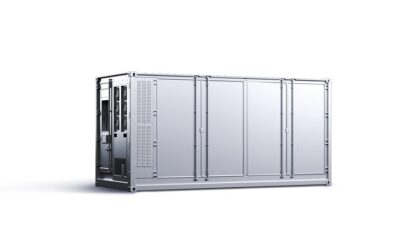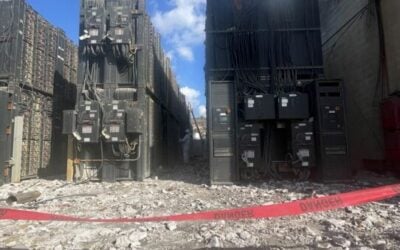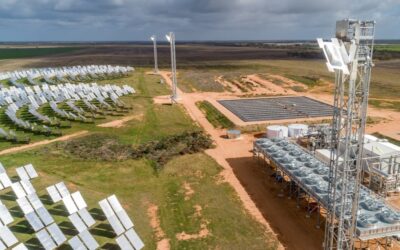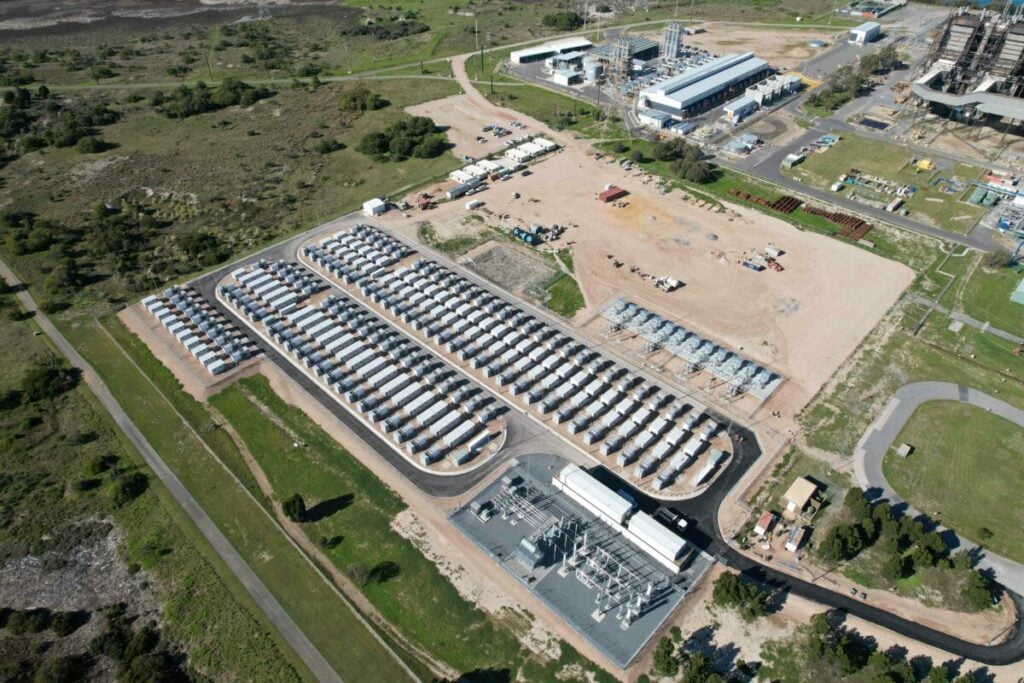
Australian energy major AGL Energy disclosed in its half-year results that it intends to make a final investment decision (FID) over the next 18 months for 1.4GW of utility-scale battery energy storage systems (BESS).
The half-year results, covering the period ended 31 December 2024, outlined the company’s intention to expand its BESS portfolio in Australia. AGL’s portfolio already consists of several utility-scale sites, including the 250MW/250MWh Torrens Island and 50MW/50MWh Broken Hill batteries.
Enjoy 12 months of exclusive analysis
- Regular insight and analysis of the industry’s biggest developments
- In-depth interviews with the industry’s leading figures
- Annual digital subscription to the PV Tech Power journal
- Discounts on Solar Media’s portfolio of events, in-person and virtual
According to the organisation, one of the primary reasons for expanding its BESS portfolio is to support its energy transition and refocus its primarily coal-oriented generation towards variable renewable energy generation, such as solar PV and wind.
One such BESS that will aid the company in its transition to renewables is the 500MW/1,00MWh Liddell BESS. The BESS will be built at the Hunter Energy Hub at the Liddell power station, a coal power plant that ended operations in 2023. AGL said the project is on track to commence operations in April 2026.
Construction on the Liddell Battery is currently 30% complete, with over 1,000 battery cubes already being delivered.
Damien Nicks, CEO and managing director of AGL Energy, noted that the new BESS assets aim to capitalise on the significant increase in volatility across the National Electricity Market (NEM).
“Broadly speaking, we expect volatility to remain elevated as coal-fired generation comes to the end of its life and renewable energy penetration continues to increase, boding well for our growing portfolio of grid-scale batteries,” Nicks said.
The 1.4GW figure includes almost 900MW across four battery assets in New South Wales and a 500MW battery in Queensland.
“FIDs will only be taken where projects are expected to deliver strong risk-adjusted returns. We expect these projects to be funded on the balance sheet through operating cash flows as well as liquidity and debt headroom,” Nicks added.
Acquisition of Terrain Solar and Firm Power bolster development pipeline
Some of the additional projects set to reach an FID include assets secured as part of a deal struck last year to acquire BESS developer Firm Power along with solar PV developer Terrain Solar. The companies have a combined development pipeline of 8.1GW large-scale solar and BESS projects.
Firm Power, a BESS developer, has 21 grid-scale projects currently in development across Australia, comprising 2.3GW of capacity in New South Wales, 2.7GW in Queensland, 500MW in Western Australia and 300MW in Victoria and South Australia, all in all totalling 5.8GW.
Terrain Solar, a large-scale solar PV developer, has six projects in development with a cumulative capacity of 1.8GW. Of this figure, 1.1GW is based in Queensland, 500MW in New South Wales, 100MW in Western Australia, and under 100MW in South Australia.
The company is also exploring the development of a 500MW/2,000MWh BESS located within the Tomago Industrial Estate northwest of New South Wales’ second-largest city, Newcastle.
It is worth noting that AGL is aiming to add 12GW of renewables and firming to its portfolio by 2035.
AGL highlights ‘virtual battery agreement’ with Neoen
One of the key developments throughout 2024 that AGL was keen to highlight was its 10-year “virtual battery” contract penned with French independent power producer (IPP) Neoen.
This encompasses the Western Downs Battery project in Queensland and enables AGL to virtually charge and discharge up to 200MW/400MWh of the battery asset. In doing so, AGL replicates the functions of a grid-scale battery, allowing it to charge or discharge the battery at any time, supporting the stability of supply to the grid.
Construction on the Western Downs Battery started in late 2023. It will provide essential services to help balance the grid network and is being built adjacent to a 460MWp ground-mount solar PV power plant, with these making up Neoen’s Western Downs Green power Hub.
Neoen hopes the stage one BESS will come online in 2025 during the Australian summer. The stage two BESS is expected to be operational in July 2026. The combined capacity will reach 540MW/1,080MWh.
Readers of Energy-Storage.news will be aware that this is the second agreement the two companies signed, the first formalising in 2022.
The initial agreement pertained to 70MW/140MWh power and energy from the 100MW/200MWh Capital Battery project, also owned by Neoen, located in the Australian Capital Territory (ACT).

